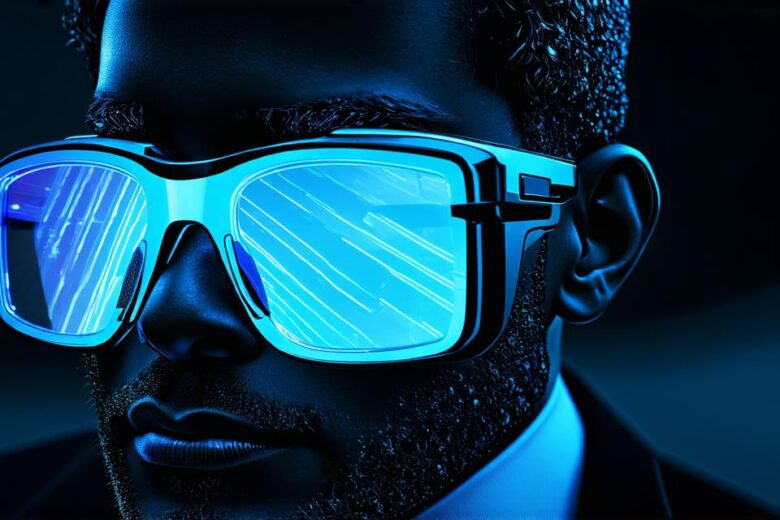Augmented reality (AR) refers to a technology that enhances or “augments” real-world environments with digital information and images.
AR devices use cameras, sensors, and other technologies to overlay virtual objects onto the physical world, creating an interactive and immersive experience for the user.
How does AR work?
AR devices use a combination of computer vision algorithms and image recognition technology to identify the real-world environment and overlay virtual objects onto it. This is achieved through the use of sensors, cameras, and other hardware components that capture real-time data about the user’s surroundings.
Once this data has been processed, the AR software creates a virtual model of the environment and overlays digital objects onto it. These objects can be interactive, responding to user input such as gestures or voice commands.
What are the benefits of using AR?
AR technology offers several benefits for both consumers and businesses. Some of these benefits include:
- Improved engagement: AR technology creates a more immersive and interactive experience for users, which can lead to increased engagement and interest in a product or service.
- Enhanced visualization: AR allows users to visualize products or concepts in a way that is not possible with traditional 2D media. This can be particularly useful in industries such as architecture or design, where users need to see how a building or product will look in its intended environment.
- Increased efficiency: AR technology can help businesses streamline processes and reduce errors by providing real-time information and visualization of complex systems. For example, in manufacturing, AR can be used to overlay digital instructions onto physical parts, reducing the need for human intervention.
- Cost savings: AR technology can help businesses save money by reducing the need for physical prototypes or samples, as well as reducing the time and resources needed for training and support.
Real-life examples of AR in action
There are many real-life examples of AR being used in various industries. Here are a few:
- Gaming: Many popular games, such as Pokemon Go and Ingress, use AR technology to create immersive gaming experiences that blend the real world with virtual elements.
- Education: AR technology is increasingly being used in education to enhance learning and make it more interactive and engaging. For example, the app Anatomy 4D uses AR to allow students to visualize the human body in a way that is not possible with traditional media.
- Healthcare: AR technology is being used in healthcare to improve patient outcomes and reduce errors. For example, the app Surgical Realities uses AR to provide real-time guidance during surgeries, allowing surgeons to see exactly where they need to make incisions and avoid damaging nearby organs.
- Entertainment: AR technology is also being used in entertainment to create immersive experiences for viewers. For example, the app Aurasma allows users to see virtual content overlaid onto real-world environments, such as seeing a virtual dinosaur in a museum exhibit or a virtual character in a movie theater.

FAQs
Q: What is the difference between AR and VR?
A: AR enhances real-world environments with digital information, while VR creates a completely artificial environment for the user to interact with.
Q: Can I use AR on my smartphone?
A: Yes, many smartphones have built-in AR capabilities or can be enhanced with AR apps.
Q: What are some common applications of AR in business?
A: Some common applications include product visualization, training and support, and process optimization.
